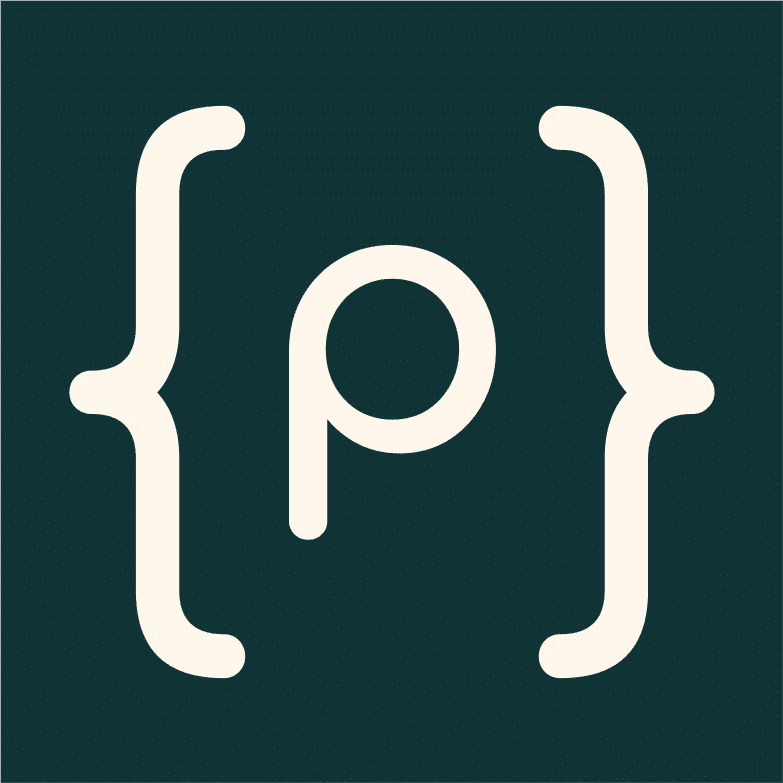The Gutenberg editor isn’t as revolutionary as the Printing Press, yet.
Since its introduction in 2018, the Gutenberg block editor for WordPress has revolutionized the way content is created and managed on the platform. Its block-based approach offers a unified Full Site Editing experience, making content manipulation effortless and highly customizable. Over the years, Gutenberg has made incredible strides, especially with the successful Phase 2 focusing on the Site Editor, solidifying its position as the first-party editing tool for WordPress. As of July 20, 2023, the days of other page editing tools like Elementor and Beaver Builder seem numbered, as Gutenberg’s growth and development show no signs of slowing down.
A Mature and Unified Full Site Editing Experience
Gutenberg has come a long way since its inception, evolving into a mature project that caters to both content creators and developers. It enables users to design entire websites through Full Site Editing, offering custom headers, dynamic content control, and post/page templates[1]. This capability positions Gutenberg as a comprehensive solution for website building and content management within the WordPress ecosystem.
Gutenberg Core Features and Instant Updates
As a first-party tool integrated into WordPress core, Gutenberg enjoys the advantage of being continuously updated and improved. With every new WordPress release, Gutenberg receives enhancements and new features, ensuring it stays up-to-date with the latest advancements and remains compatible with plugins and themes[2]. This close integration also means users have immediate access to Gutenberg without the need for additional installations or compatibility concerns.
Block Patterns and Synced Patterns Blocks for Enhanced Efficiency
Gutenberg’s block patterns and synced patterns are valuable features that enhance editing efficiency and consistency. Block patterns allow users to quickly insert pre-designed layouts and configurations, streamlining the content creation process. Synced patterns enable content creators to save frequently used elements, making it easy to reuse them across multiple pages or posts[3]. These features significantly boost productivity and contribute to Gutenberg’s popularity among users.
Developer-Friendly Environment
For developers, Gutenberg offers a powerful platform for building custom blocks and extending the editor’s functionality. The block development process is well-documented, with plenty of resources available for beginners[4]. Additionally, Gutenberg’s adoption of React and the WordPress REST API makes it an attractive choice for developers familiar with these technologies[4]. Furthermore, the integration of TypeScript support and the move away from older tools demonstrate Gutenberg’s commitment to modern development practices.
Flexibility and Cost-Effectiveness
Compared to premium page builders like Elementor and Beaver Builder, Gutenberg offers a cost-effective solution for website creation. It comes as a standard feature in WordPress, eliminating the need for additional plugin purchases or subscriptions[5]. Although some users initially found Gutenberg overwhelming, it has improved significantly over time, providing a more user-friendly experience, especially for new users.
With its block-based editing system, first-party integration, constant updates, and Full Site Editing capabilities, Gutenberg has secured its position as the dominant page editing tool for WordPress. While other page builders have been popular in the past, Gutenberg’s steady growth and development have made it the go-to choice for both content creators and developers. As it continues to evolve, the inevitable takeover of WordPress page editing market share by Gutenberg seems all but certain, and its impact on the WordPress ecosystem is set to shape the future of content creation and website design.
…And with the start of Phase 3 in the development of the Gutenberg block editor, WordPress is set to eliminate one of the few true annoyances that came with managing a WordPress site. The introduction of real-time collaboration will revolutionize the way multiple users work together on the same content, enhancing productivity and streamlining the editorial process. No longer will administrators, authors, and editors need to worry about conflicting changes or manually merging content.
Real-time collaboration will allow them to work simultaneously on the same page or post, with changes being instantly visible to all users involved. This feature is expected to foster seamless teamwork, making content creation and website management a far more efficient and enjoyable experience for WordPress users worldwide.


